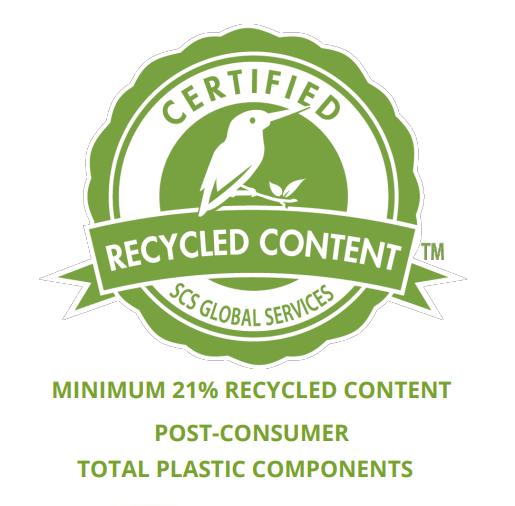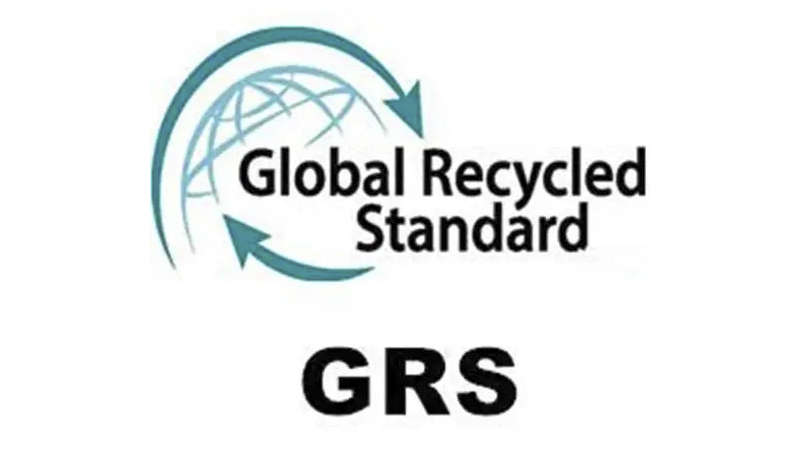


In today’s world, the quest for sustainable and environmentally friendly technologies has become increasingly important. As we strive to reduce our carbon footprint and minimize the impact of human activities on the environment, the development of eco-friendly materials and technologies has gained significant attention. One such area of focus is the production and use of environmentally friendly magnets, which have the potential to revolutionize various industries while minimizing their environmental impact.
Traditional magnets often rely on rare earth elements such as neodymium, dysprosium, and samarium, which are not only expensive but also environmentally damaging to extract and process. The mining and refining of these materials can result in habitat destruction, water and soil contamination, and other adverse environmental effects. Additionally, the geopolitical implications of relying on a limited number of countries for the supply of rare earth elements pose significant challenges for industries that depend on these materials.
In response to these challenges, researchers and engineers have been working to develop environmentally friendly magnets that reduce or eliminate the need for rare earth elements. One promising alternative is the development of magnets based on recycled materials, such as recycled iron and steel. By repurposing existing materials, these magnets can significantly reduce the environmental impact associated with mining and refining raw materials.
Another approach involves the use of magnets made from abundant and non-toxic elements, such as ferrite magnets. Ferrite magnets, also known as ceramic magnets, are composed of iron oxide and barium or strontium carbonate. These magnets are not only environmentally friendly but also cost-effective, making them an attractive alternative for a wide range of applications.
Furthermore, the development of magnet technologies based on organic and polymer materials has shown great promise. Organic magnets, which are composed of carbon-based molecules, offer the potential for low-cost, lightweight, and environmentally friendly magnetic materials. These materials have the added benefit of being biodegradable, making them an attractive option for applications where sustainability is a priority.
The use of environmentally friendly magnets extends beyond their production to their application in various industries. For example, in the automotive sector, the use of magnets in electric vehicle motors is crucial for achieving high efficiency and performance. By adopting environmentally friendly magnets, the automotive industry can reduce its reliance on rare earth elements and minimize the environmental impact of electric vehicle production.
In the renewable energy sector, environmentally friendly magnets play a vital role in the development of wind turbines and generators. By utilizing magnets that are free from rare earth elements, the renewable energy industry can further enhance its sustainability and contribute to the transition to a low-carbon energy system.
As the demand for sustainable technologies continues to grow, the development and adoption of environmentally friendly magnets will play a pivotal role in shaping a more sustainable future. By reducing our reliance on rare earth elements and minimizing the environmental impact of magnet production and use, we can pave the way for a more sustainable and environmentally friendly world.
In conclusion, the development of environmentally friendly magnets represents a significant step forward in the pursuit of sustainable technologies. By leveraging recycled materials, abundant elements, and organic compounds, researchers and engineers are paving the way for a new generation of magnets that are not only environmentally friendly but also cost-effective and high-performing. As these technologies continue to advance, they have the potential to drive positive change across a wide range of industries, contributing to a more sustainable and environmentally conscious future.
